NASA has repeatedly imaged the Martian surface, and sometimes a feature appears that wasn’t there in prior images. That’s what happened when a meteorite survived the plunge through Mars’ thin atmosphere sometime between February and July, 2005. It created this impact crater north of Valles Marineris.
This image is from the HiRISE (High Resolution Imaging Experiment) instrument on NASA’s Mars Reconnaissance Orbiter (MRO), and was taken when the spacecraft was 260.1 km (161.6 miles) above the surface. The blue color most likely represents basaltic rock, according to NASA, which is formed from rapidly-cooling lava. It’s spread over the surface in what’s called an ejecta blanket.
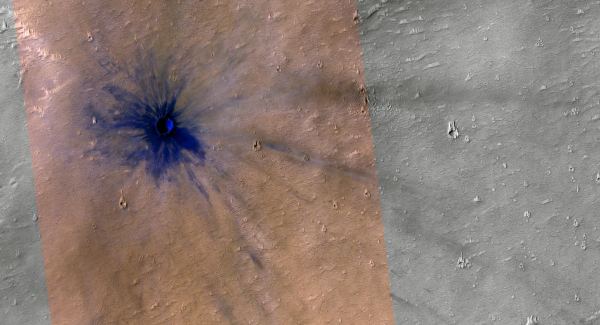
When a meteorite strikes the surface of a planet, it forms a crater and an ejecta blanket. The radial lines spreading out from the crater are called “rays”. The rays are the fine features of the impact, and over time they’re erased by erosion. A crater with rays is a young one.
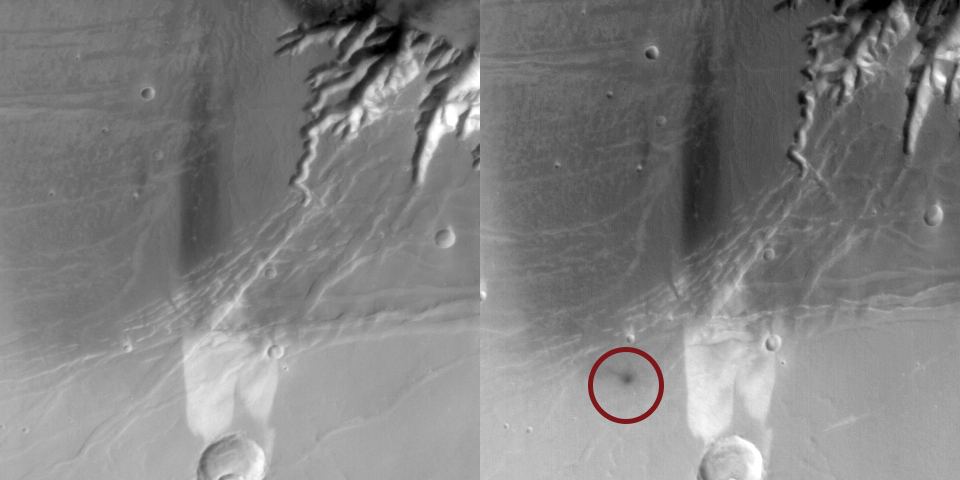
These meteorite strikes also remove loose surface material and expose a deeper layer. This allows scientists to get a glimpse of the planet under the cover of its dust, and to study its subsurface.
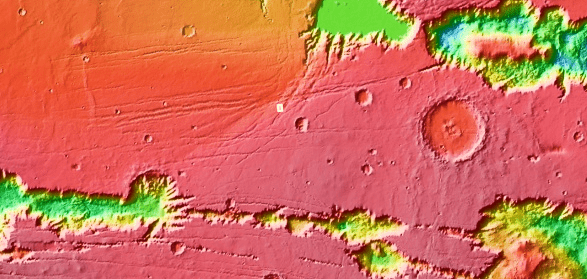
The image of the 2005 crater is one of the HiRISE Pictures of the Day (POD). HiPOD often features craters, and the images are fascinating.
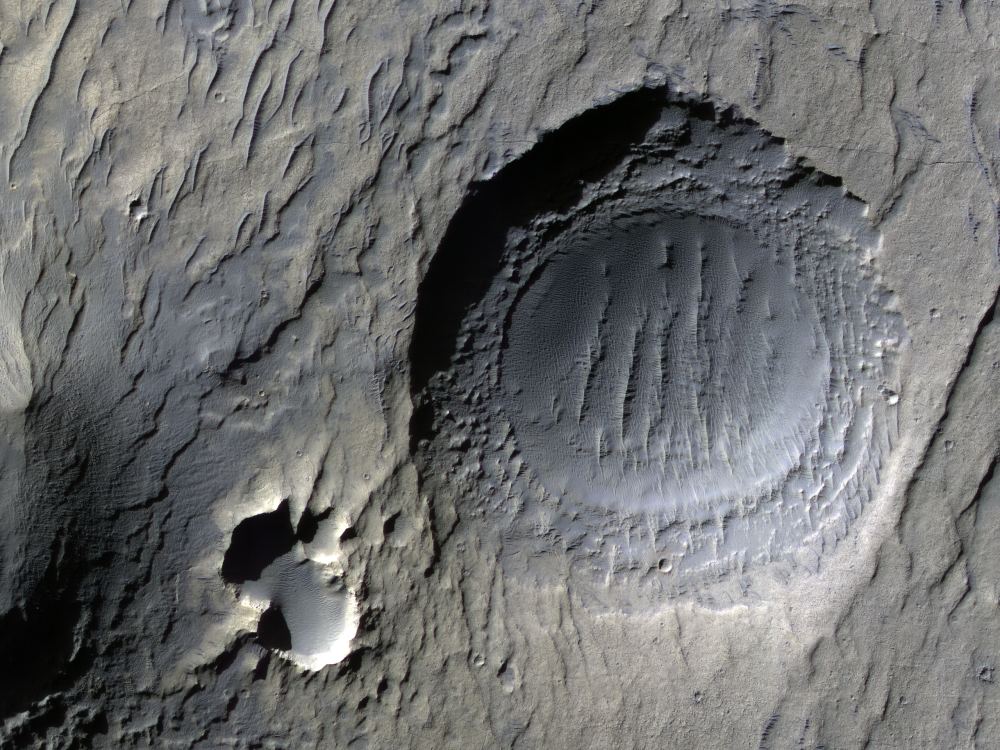
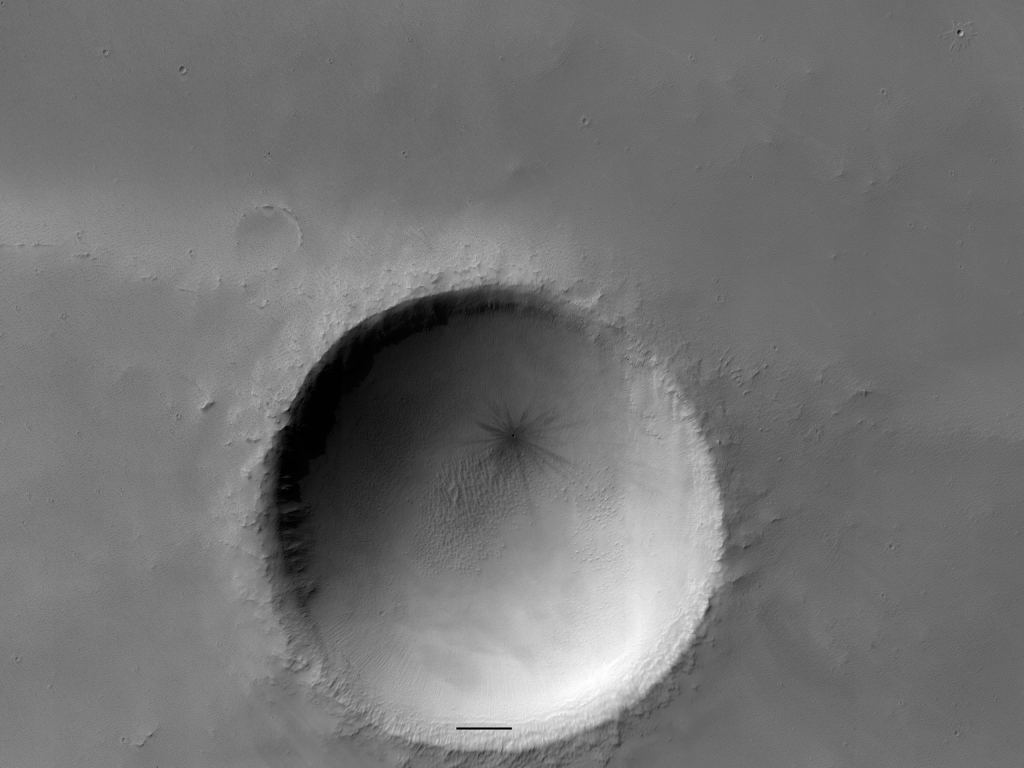
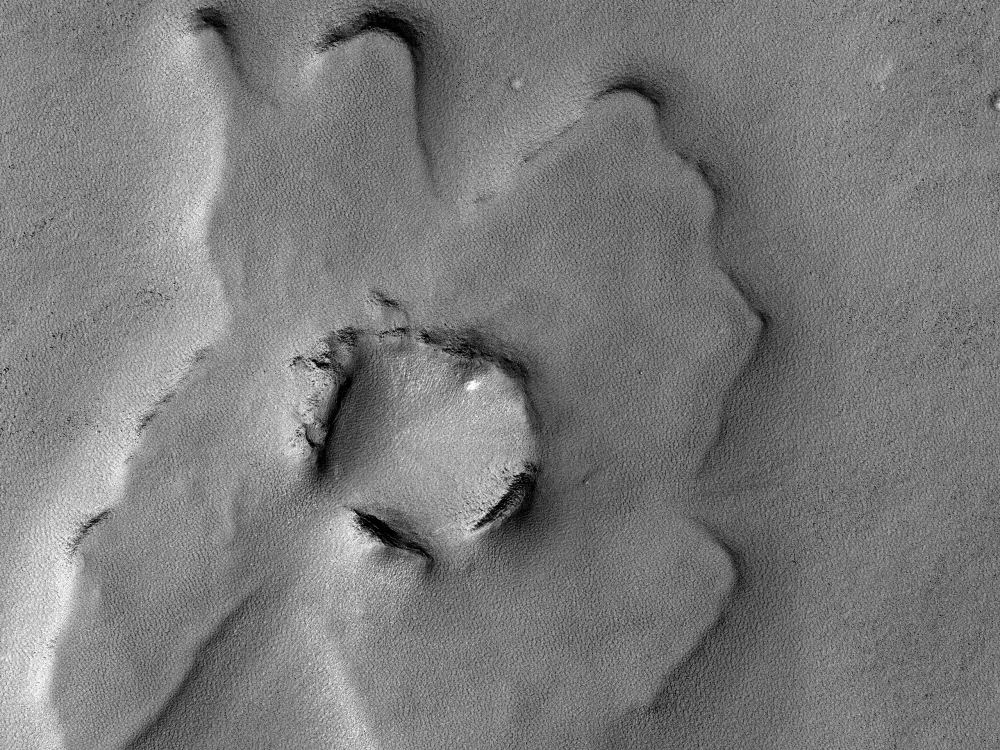
Hiç yorum yok:
Yorum Gönder